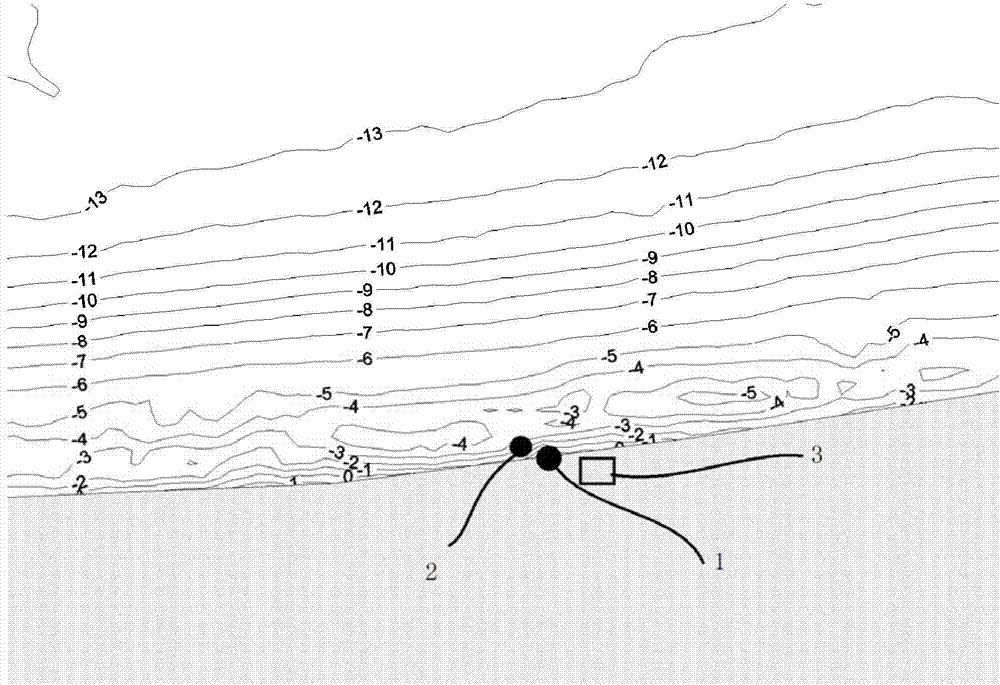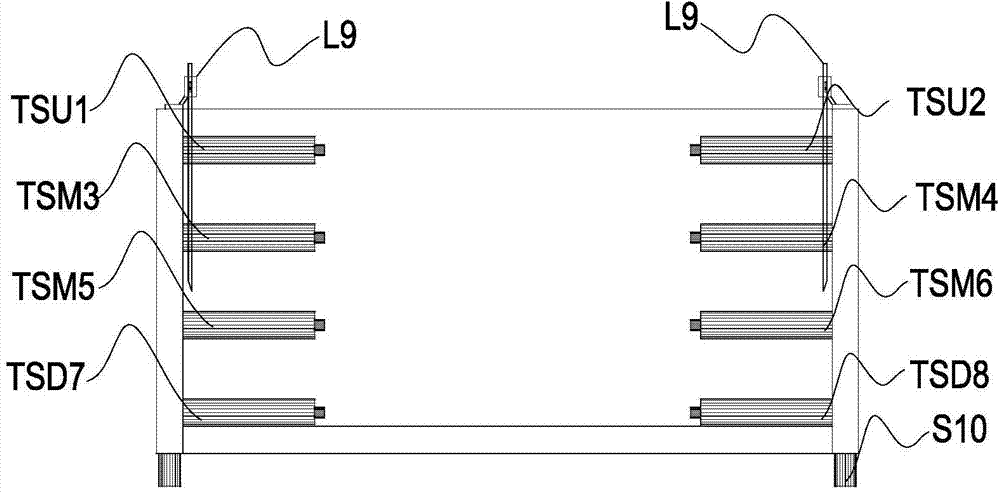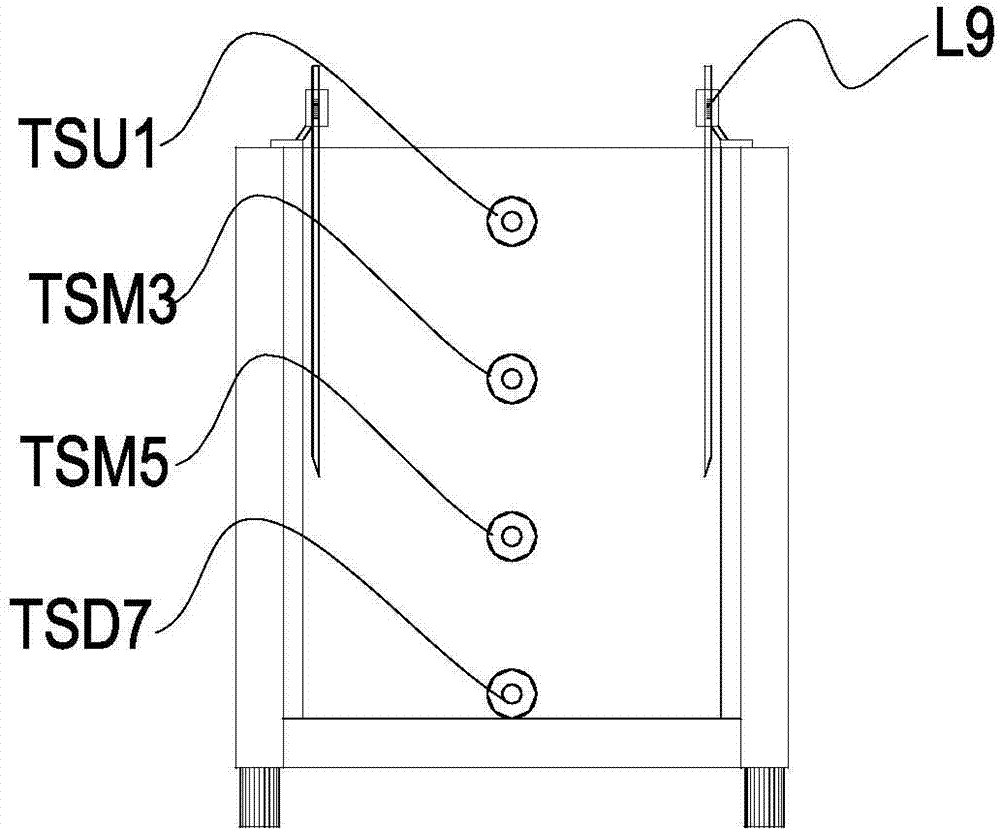Method for coastal power plant thermal discharge prediction by utilizing actually-measured surface heat transfer coefficient
A technology of surface heat dissipation coefficient and coastal power plant, applied in the field of environmental engineering, can solve problems such as weak comprehensive heat dissipation coefficient of water surface
- Summary
- Abstract
- Description
- Claims
- Application Information
AI Technical Summary
Problems solved by technology
Method used
Image
Examples
Embodiment 1
[0042] This embodiment proposes to build a temperature discharge outlet for the Binhai Power Plant, including the following steps:
[0043] 1. Collect topography near the research area, observe marine hydrological data, and obtain on-site meteorological observation data;
[0044] The on-site meteorological observation data obtained is as follows: using a self-recording small weather station to obtain, and the sampling frequency is 1 time / s;
[0045] The sampling data of the self-recording small-scale weather station includes: air temperature, air humidity, light intensity, wind speed, rainfall, atmospheric pressure, evaporation, and the research area map is as follows: figure 1 shown;
[0046] 2. Use the above data to establish the hydrodynamic model of the research area, which includes the temperature transport equation;
[0047] 3. Solve the heat dissipation coefficient sequence of the temperature and drainage surface within the measurement period through the temperature d...
Embodiment 2
[0078] The coastal power plant of this embodiment is an established power plant, which includes the following steps:
[0079] 1. Collect topography near the research area, observe marine hydrological data, and obtain on-site meteorological observation data;
[0080] The on-site meteorological observation data obtained is as follows: using a self-recording small weather station to obtain, and the sampling frequency is 1 time / s;
[0081] The sampling data of the self-recording small-scale weather station include: air temperature, air humidity, light intensity, wind speed, rainfall, atmospheric pressure, evaporation; research areas such as Image 6 shown;
[0082] 2. Use the above data to establish the hydrodynamic model of the research area, which includes the temperature transport equation;
[0083] 3. Solve the heat dissipation coefficient sequence of the temperature and drainage surface within the measurement period through the temperature drop process of the temperature an...
PUM
 Login to View More
Login to View More Abstract
Description
Claims
Application Information
 Login to View More
Login to View More - R&D
- Intellectual Property
- Life Sciences
- Materials
- Tech Scout
- Unparalleled Data Quality
- Higher Quality Content
- 60% Fewer Hallucinations
Browse by: Latest US Patents, China's latest patents, Technical Efficacy Thesaurus, Application Domain, Technology Topic, Popular Technical Reports.
© 2025 PatSnap. All rights reserved.Legal|Privacy policy|Modern Slavery Act Transparency Statement|Sitemap|About US| Contact US: help@patsnap.com



